Exploring Emerging Digital Trends in Luxury Markets
The luxury market, long synonymous with exclusivity and timeless elegance, is undergoing a profound transformation driven by digital innovation. As consumer behavior shifts and technology advances, luxury brands are compelled to evolve and adapt. This article delves into the emerging digital trends that are reshaping the landscape of luxury markets. By understanding these trends, navigating through innovative digital spaces, and anticipating future tech-driven shifts, stakeholders in the luxury sector can stay ahead of the curve and continue to create unparalleled experiences for their discerning clientele.
Understanding the Rise of Digital Luxury Trends
The luxury market is experiencing a digital renaissance, characterized by the integration of cutting-edge technology to enhance customer experiences and brand engagement. One of the most significant trends is the rise of digital storytelling. Luxury brands are leveraging digital platforms to weave compelling narratives that resonate with their audience, offering immersive experiences that transcend traditional marketing. This shift is not just about selling a product but about building a brand ethos that captivates and engages.
Another trend gaining traction is the use of artificial intelligence (AI) to personalize customer interactions. AI-driven algorithms analyze consumer data to offer tailored recommendations, creating a bespoke shopping experience that mirrors the exclusivity of luxury. This personalized approach not only enhances customer satisfaction but also fosters brand loyalty, as consumers feel understood and valued.
Social media platforms have also become pivotal in the luxury market’s digital transformation. Platforms like Instagram and TikTok are not just channels for advertising but are spaces where luxury brands can connect with a younger, tech-savvy audience. By harnessing the power of social media influencers and user-generated content, luxury brands can amplify their reach and influence.
The integration of augmented reality (AR) and virtual reality (VR) in the luxury sector is another emerging trend. Brands are using AR and VR to offer virtual try-ons and immersive experiences that allow customers to interact with products in a digital space. This not only enhances the shopping experience but also provides a unique value proposition that sets luxury brands apart from their competitors.
Sustainability is also a driving force behind digital trends in luxury markets. Consumers are increasingly conscious of the environmental impact of their purchases, prompting luxury brands to adopt digital solutions that promote sustainability. From blockchain technology for transparent supply chains to digital fashion that reduces waste, the intersection of luxury and sustainability is shaping the future of the market.
Lastly, the rise of digital art and non-fungible tokens (NFTs) is impacting the luxury market. Luxury brands are exploring the potential of NFTs to create exclusive digital assets that appeal to collectors and aficionados. This trend not only opens up new revenue streams but also positions luxury brands as pioneers in the digital art space.
Navigating Innovations in High-End Digital Spaces
Navigating the evolving digital landscape requires luxury brands to embrace innovation while maintaining their core values of exclusivity and quality. One of the key innovations in high-end digital spaces is the development of virtual flagship stores. These digital storefronts offer an immersive brand experience, allowing customers to explore collections and interact with products in a virtual environment that mirrors the opulence of physical boutiques.
Another innovation is the use of advanced analytics to understand consumer behavior better. By analyzing data from various digital touchpoints, luxury brands can gain insights into customer preferences and trends, enabling them to tailor their strategies and offerings accordingly. This data-driven approach ensures that brands remain relevant and responsive to changing consumer demands.
The adoption of blockchain technology is revolutionizing the luxury market by enhancing transparency and authenticity. By providing a secure and immutable record of provenance, blockchain assures customers of the authenticity and ethical sourcing of luxury products. This innovation not only builds trust but also adds value to the brand’s reputation.
Luxury brands are also experimenting with digital craftsmanship, blending traditional artisanal techniques with modern technology. This fusion creates unique products that appeal to a tech-savvy audience while preserving the heritage and craftsmanship that are hallmarks of luxury. Digital craftsmanship allows brands to push the boundaries of creativity and innovation.
The integration of AI-powered virtual assistants in luxury retail is enhancing customer service and engagement. These virtual assistants provide personalized recommendations, answer queries, and offer styling advice, creating a seamless and interactive shopping experience. This innovation not only improves customer satisfaction but also streamlines operations, allowing brands to focus on delivering exceptional value.
Finally, the emergence of digital luxury communities is fostering a sense of belonging and exclusivity among consumers. These online platforms allow customers to engage with like-minded individuals and participate in exclusive events and experiences. By cultivating a digital community, luxury brands can strengthen customer loyalty and create a sense of connection that transcends traditional brand-consumer relationships.
The Future of Luxury: Tech-Driven Market Shifts
As we look to the future, the luxury market is poised for further transformation driven by technological advancements. One of the most anticipated shifts is the integration of artificial intelligence in product design and development. AI has the potential to revolutionize the creative process, enabling brands to predict consumer trends and create products that resonate with the evolving tastes of luxury consumers.
The rise of the metaverse presents exciting opportunities for luxury brands to redefine customer experiences. As virtual worlds become more sophisticated, luxury brands can create immersive environments where customers can explore and interact with digital fashion, art, and experiences. This tech-driven shift has the potential to blur the lines between physical and digital luxury.
Sustainability will continue to be a critical focus for luxury brands, with technology playing a pivotal role in achieving eco-friendly goals. Advances in digital technology can enable brands to develop sustainable materials, streamline supply chains, and reduce their carbon footprint. By prioritizing sustainability, luxury brands can appeal to environmentally conscious consumers and contribute to a more sustainable future.
The democratization of luxury through digital platforms is another trend that will shape the future. As online access expands, luxury brands will have the opportunity to reach a broader audience, making luxury more accessible while maintaining exclusivity through limited editions and personalized experiences. This shift challenges traditional notions of luxury and opens up new avenues for growth.
The evolution of digital identity and personalization will redefine the luxury market. As consumers increasingly seek unique and individualized experiences, luxury brands will need to leverage technology to deliver tailored offerings that reflect each customer’s identity and preferences. This focus on personalization will drive innovation and set new standards for the luxury experience.
Lastly, the future of luxury will be characterized by collaboration and cross-industry partnerships. As technology continues to evolve, luxury brands will benefit from collaborating with tech companies, artists, and innovators to create unique and groundbreaking products. These collaborations will not only enhance brand value but also position luxury brands as leaders in the tech-driven market landscape.
The luxury market is on the brink of a digital revolution, with emerging trends and technological innovations reshaping the way brands engage with consumers. By understanding and embracing these trends, luxury brands can navigate the complexities of the digital landscape and create experiences that resonate with modern consumers. As technology continues to drive market shifts, the future of luxury promises to be an exciting blend of tradition and innovation, offering endless possibilities for brands and consumers alike. The journey towards a tech-driven luxury market is just beginning, and the opportunities are boundless for those willing to explore this dynamic and evolving space.



















































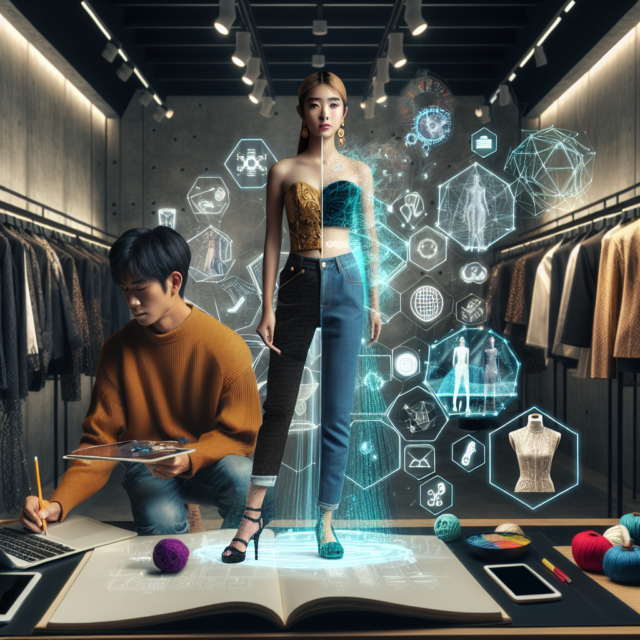

 This glass tower reaches 40 floors above the city’s bustling traffic. The top half of the building represents the hotel rooms and suites. The bottom half has private residences that are among the city’s newest and finest.
This glass tower reaches 40 floors above the city’s bustling traffic. The top half of the building represents the hotel rooms and suites. The bottom half has private residences that are among the city’s newest and finest. The 40th floor wet deck is home to the infinity edge pool, which has plenty of cushioned lounge chairs. Views are among the best from up here, which is also home to the hotel’s popular L40 restaurant and lounge. DJs often entertain at night when the drinks start flowing.
The 40th floor wet deck is home to the infinity edge pool, which has plenty of cushioned lounge chairs. Views are among the best from up here, which is also home to the hotel’s popular L40 restaurant and lounge. DJs often entertain at night when the drinks start flowing. Take a look around the lobby on the 24th floor (it’s actually called a lounge). The furnishings bear different fabrics and design materials, all the handiwork of creative Brazilians. Mis-matched chairs add color and energy to the bar, which serves pastries and coffee during the day and izakaya-style fare, tasty cocktails and dozens (and dozens) of Japanese whiskey options.
Take a look around the lobby on the 24th floor (it’s actually called a lounge). The furnishings bear different fabrics and design materials, all the handiwork of creative Brazilians. Mis-matched chairs add color and energy to the bar, which serves pastries and coffee during the day and izakaya-style fare, tasty cocktails and dozens (and dozens) of Japanese whiskey options. Dim hallways continue the theme of Brazilian colors and jungle-like leaves. The rooms show off even more creativity. It starts with W’s famous bed crafted by a pillowtop bed, enormous plush pillows and a white duvet. USB ports of all types are on either side of the bed.
Dim hallways continue the theme of Brazilian colors and jungle-like leaves. The rooms show off even more creativity. It starts with W’s famous bed crafted by a pillowtop bed, enormous plush pillows and a white duvet. USB ports of all types are on either side of the bed. Suites have soaking tubs in the living area. All rooms benefit from minibars stocked with Brazilian snacks and massive flat-screen TVs that swivel. Coming soon (they were still under wraps during our visit) are the top suites like the E-Wow version, which is sure to be perfect for entertaining.
Suites have soaking tubs in the living area. All rooms benefit from minibars stocked with Brazilian snacks and massive flat-screen TVs that swivel. Coming soon (they were still under wraps during our visit) are the top suites like the E-Wow version, which is sure to be perfect for entertaining. Baio is the main restaurant serving three meals a day. It starts with a decadent breakfast spread that has the ripest fruits, an array of juices and smoothies, hot and cold dishes, and of course, famous Brazilian cheese bread passed around by staff. An a la carte menu includes bespoke eggs benedict recipes, melt-in-your-mouth Brazilian tapioca plates and acai bowls.
Baio is the main restaurant serving three meals a day. It starts with a decadent breakfast spread that has the ripest fruits, an array of juices and smoothies, hot and cold dishes, and of course, famous Brazilian cheese bread passed around by staff. An a la carte menu includes bespoke eggs benedict recipes, melt-in-your-mouth Brazilian tapioca plates and acai bowls. Come evening, the menu continues the regional flair and takes in the splashy views from the 23rd floor. Just around the corner is yet another cocktail bar (W is all about entertainment and fun, right?). The menu here differs in that it incorporates more foodie flavors in its mixology recipes. Expect local veggies and fruits to dominate the palate. There are also creative mocktails that are becoming increasingly popular in the city.
Come evening, the menu continues the regional flair and takes in the splashy views from the 23rd floor. Just around the corner is yet another cocktail bar (W is all about entertainment and fun, right?). The menu here differs in that it incorporates more foodie flavors in its mixology recipes. Expect local veggies and fruits to dominate the palate. There are also creative mocktails that are becoming increasingly popular in the city. All of this is the result of an impressive culinary team representing the city’s best chefs under the aegis of the director of food and beverage that came to the hotel from W Bogota. He brings a touch of magic and creativity that inspires the chef team and the serving staff (just wait until you see his mixology ideas for the bar).
All of this is the result of an impressive culinary team representing the city’s best chefs under the aegis of the director of food and beverage that came to the hotel from W Bogota. He brings a touch of magic and creativity that inspires the chef team and the serving staff (just wait until you see his mixology ideas for the bar). Once considered the edge of town, this is the new downtown and financial center of the city as South America’s largest metropolis continues to balloon. Office towers for banks and tech companies like Google and Netflix are next door. Also adjacent to the hotel are beautiful manicured parks and gardens. Dozens of restaurants are within walking distance. Just across the street: one of the city’s two major fashion malls with every high-end brand (and a food court that is hard to beat).
Once considered the edge of town, this is the new downtown and financial center of the city as South America’s largest metropolis continues to balloon. Office towers for banks and tech companies like Google and Netflix are next door. Also adjacent to the hotel are beautiful manicured parks and gardens. Dozens of restaurants are within walking distance. Just across the street: one of the city’s two major fashion malls with every high-end brand (and a food court that is hard to beat). Another draw that is sure to attract hotel guests and locals is the spa, which will have three treatment rooms. The staff used local ingredients and recipes to design the treatments’ oils and creams.
Another draw that is sure to attract hotel guests and locals is the spa, which will have three treatment rooms. The staff used local ingredients and recipes to design the treatments’ oils and creams. It is clear from the moment you arrive that the staff are proud of this new W opening. They don designer uniforms and are eager to show off every corner of the hotel’s chic public areas. Working at the W is as sought after as staying at one; it’s a hospitality symbol that you’re cool. And this team is cool.
It is clear from the moment you arrive that the staff are proud of this new W opening. They don designer uniforms and are eager to show off every corner of the hotel’s chic public areas. Working at the W is as sought after as staying at one; it’s a hospitality symbol that you’re cool. And this team is cool. The door staff and security team greet guests with a smile and point travelers to nearby attractions. If you are sitting in one of the lounges, someone is sure to come and greet you with a glass of water and offer something from the bar menu. They might even strike up a conversation to ask how your day is or if you are interested in learning about the Brazilian designers that crafted most of the furnishings.
The door staff and security team greet guests with a smile and point travelers to nearby attractions. If you are sitting in one of the lounges, someone is sure to come and greet you with a glass of water and offer something from the bar menu. They might even strike up a conversation to ask how your day is or if you are interested in learning about the Brazilian designers that crafted most of the furnishings.

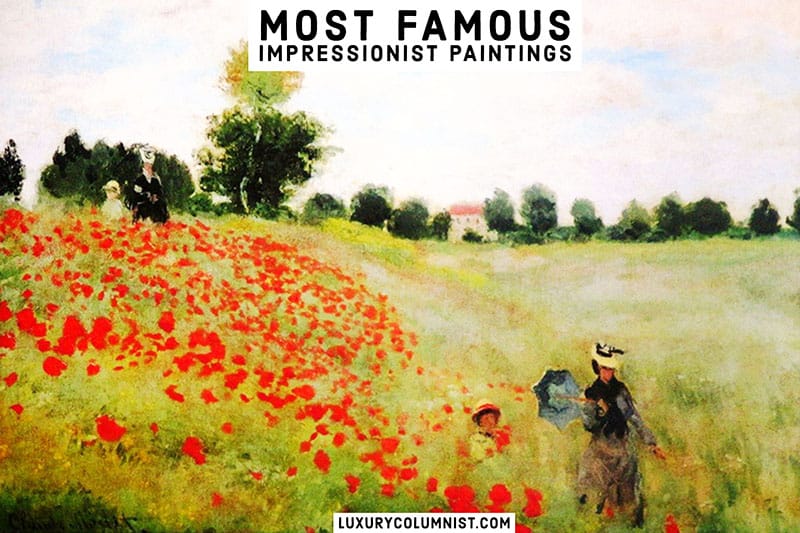


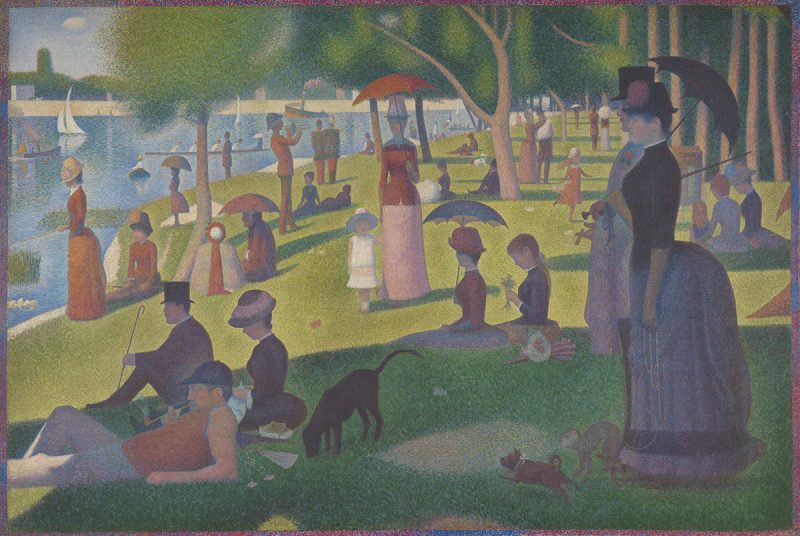













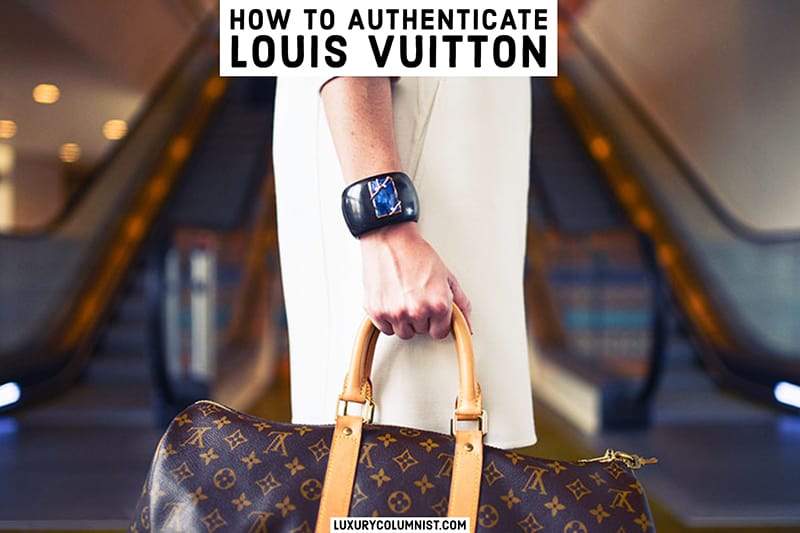



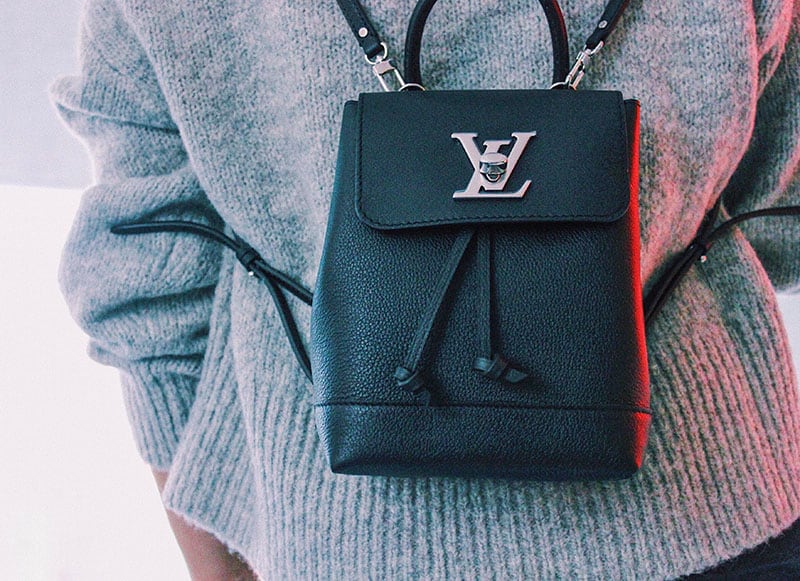
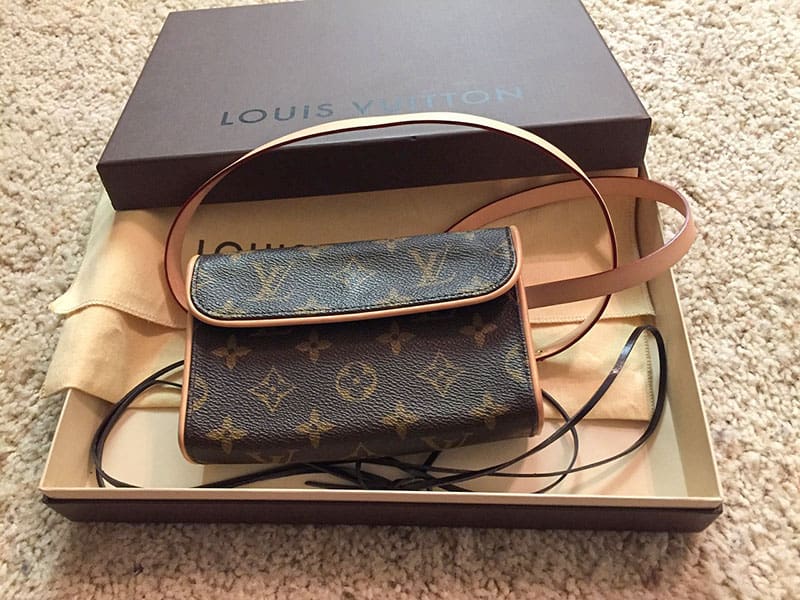
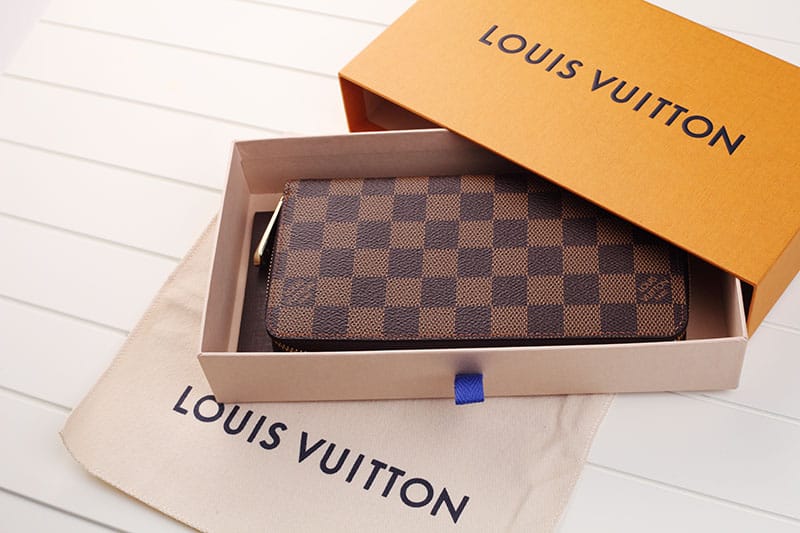
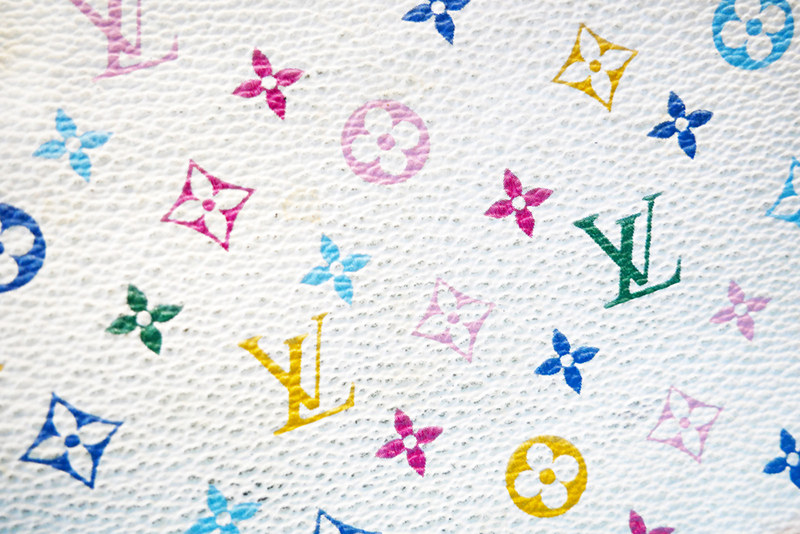



 Hardwood floors have colorful area rugs. Tucked in one corner are the wide desks with international power outlets. Each floor has a corner suite with separate living room and half bath. Otherwise, the rooms vary in size. Standard rooms have shower-only baths while slightly larger ones have both a tub and shower. Those bathrooms benefit from windows that look out to the bedroom (with privacy shutters) so as to allow natural light.
Hardwood floors have colorful area rugs. Tucked in one corner are the wide desks with international power outlets. Each floor has a corner suite with separate living room and half bath. Otherwise, the rooms vary in size. Standard rooms have shower-only baths while slightly larger ones have both a tub and shower. Those bathrooms benefit from windows that look out to the bedroom (with privacy shutters) so as to allow natural light. The water pressure in showers is exceptional, the perfect way to wash away any jet lag. The top suites, which have hosted everyone from diplomats and corporate executives to celebrities like Taylor Swift, are also popular for entertaining.
The water pressure in showers is exceptional, the perfect way to wash away any jet lag. The top suites, which have hosted everyone from diplomats and corporate executives to celebrities like Taylor Swift, are also popular for entertaining. Neto is the main restaurant that serves three meals a day starting with a lovely breakfast spread. Different stations show off tropical fruit, housemade pastries, a hot area with pancakes, eggs and bacon (and most importantly the famous Brazilian cheese bread), and a selection of smoothies. An a la carte menu includes omelets, tapiocas and a variety of sweet dishes.
Neto is the main restaurant that serves three meals a day starting with a lovely breakfast spread. Different stations show off tropical fruit, housemade pastries, a hot area with pancakes, eggs and bacon (and most importantly the famous Brazilian cheese bread), and a selection of smoothies. An a la carte menu includes omelets, tapiocas and a variety of sweet dishes. For lunch, the hotel hosts area business people looking for an executive lunch that takes no more than an hour. Prix-fixe choices of Brazilian and international fare have become very popular during lunch hour. The same people often return for drinks at the bar after work.
For lunch, the hotel hosts area business people looking for an executive lunch that takes no more than an hour. Prix-fixe choices of Brazilian and international fare have become very popular during lunch hour. The same people often return for drinks at the bar after work. All of this is in addition to the catering provided to meetings and events. Spacious ballrooms and board rooms with natural light are one level above the lobby. A curvaceous red staircase (the stuff of Instagram-quality photos) leads guests there.
All of this is in addition to the catering provided to meetings and events. Spacious ballrooms and board rooms with natural light are one level above the lobby. A curvaceous red staircase (the stuff of Instagram-quality photos) leads guests there. Named Caju (cashew in Portuguese), the history and story of this famous local nut weaves its way through the garden-to-glass cocktail menu. Guests can ask the bartenders to show how the caju nut produces a tasty juice and also incorporates into the drinks here.
Named Caju (cashew in Portuguese), the history and story of this famous local nut weaves its way through the garden-to-glass cocktail menu. Guests can ask the bartenders to show how the caju nut produces a tasty juice and also incorporates into the drinks here. Ask to try one of the many Brazilian wine offerings on the menu. In fact, the Terrazas de Los Andes winery, which belongs to the LVMH’s luxury portfolio, has a partnership with the hotel to serve an intimate, wine pairing dinner with a specially curated menu.
Ask to try one of the many Brazilian wine offerings on the menu. In fact, the Terrazas de Los Andes winery, which belongs to the LVMH’s luxury portfolio, has a partnership with the hotel to serve an intimate, wine pairing dinner with a specially curated menu. The second floor features the indoor-outdoor infinity pool overlooking the river. It’s a lovely space to relax after a day of work. On the other end of the floor is the well-equipped fitness center with the latest equipment and plenty of natural light.
The second floor features the indoor-outdoor infinity pool overlooking the river. It’s a lovely space to relax after a day of work. On the other end of the floor is the well-equipped fitness center with the latest equipment and plenty of natural light. The JW Spa is a respite tucked away into a corner of the hotel. Guests receive welcome trays of tea and herbal elixirs before being ushered to relaxation areas. There, steam rooms and saunas await. Several treatment rooms offer a variety of massages and beauty services that use Brazilian ingredients.
The JW Spa is a respite tucked away into a corner of the hotel. Guests receive welcome trays of tea and herbal elixirs before being ushered to relaxation areas. There, steam rooms and saunas await. Several treatment rooms offer a variety of massages and beauty services that use Brazilian ingredients. Luxury travelers familiar with the JW brand will recognize a lot of what is on offer here. For example, a lovely terrace off the lobby features a wall sprouting all kinds of herbs that the culinary and mixology team can use. A gushing fountain drowns out any traffic noise making this JW Garden (a staple at all JW Marriotts) a great place to work.
Luxury travelers familiar with the JW brand will recognize a lot of what is on offer here. For example, a lovely terrace off the lobby features a wall sprouting all kinds of herbs that the culinary and mixology team can use. A gushing fountain drowns out any traffic noise making this JW Garden (a staple at all JW Marriotts) a great place to work. Up on the 12th floor is the executive lounge with designer furnishings and plenty of work space. It is a space where guests that book club-level rooms or with top-tier Marriott Bonvoy status enjoy access. Throughout the day, it offers complimentary breakfast, all-day refreshments like salads, nuts and pastries, and an evening happy hour with a hot and cold buffet.
Up on the 12th floor is the executive lounge with designer furnishings and plenty of work space. It is a space where guests that book club-level rooms or with top-tier Marriott Bonvoy status enjoy access. Throughout the day, it offers complimentary breakfast, all-day refreshments like salads, nuts and pastries, and an evening happy hour with a hot and cold buffet. Elite status members receive welcome gifts like snack trays or bonus points, premium Wi-Fi and even room upgrades. If you are new to Bonvoy, you’re still in luck. The staff can sign up members, and they often go the extra mile to remember guest names or look up interesting tourist or dining options around the area.
Elite status members receive welcome gifts like snack trays or bonus points, premium Wi-Fi and even room upgrades. If you are new to Bonvoy, you’re still in luck. The staff can sign up members, and they often go the extra mile to remember guest names or look up interesting tourist or dining options around the area.



